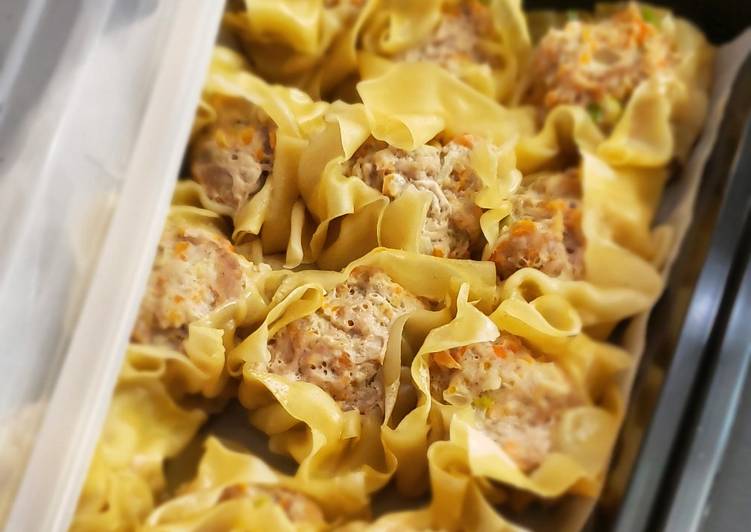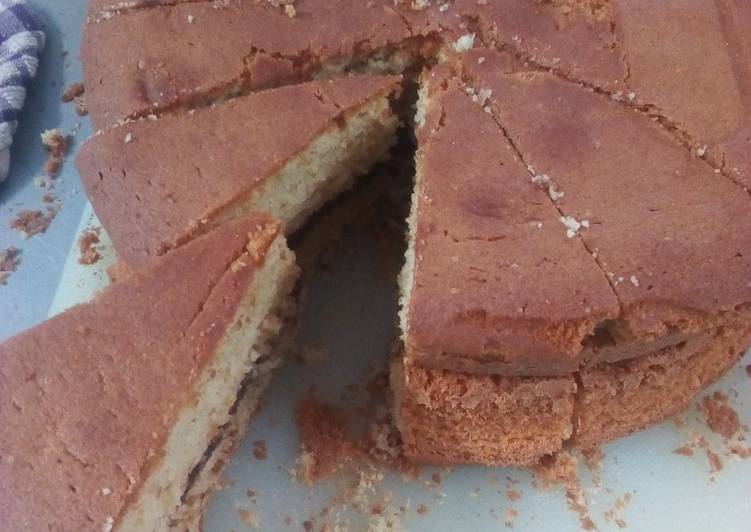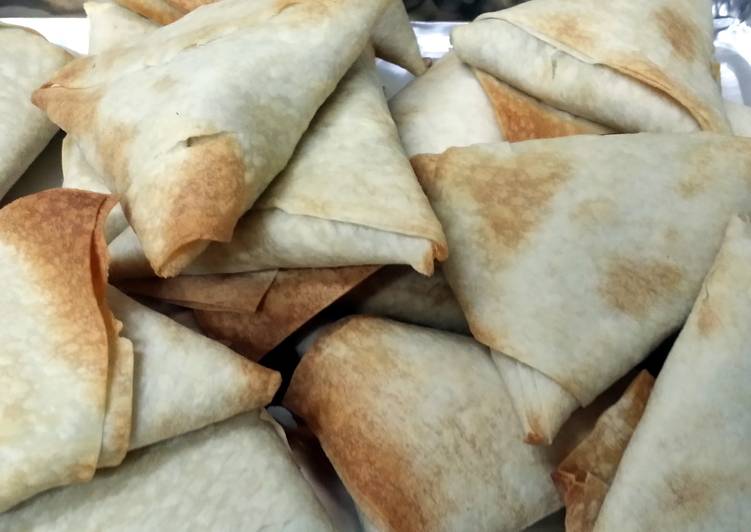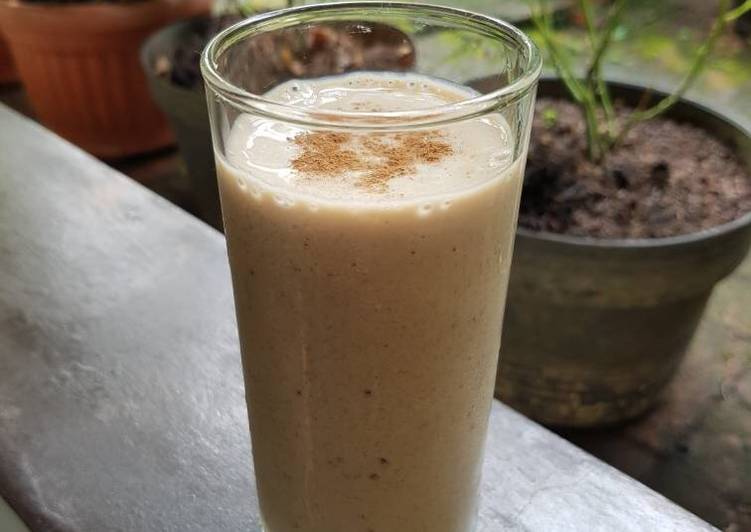Recipe of Ultimate Cassava leaves
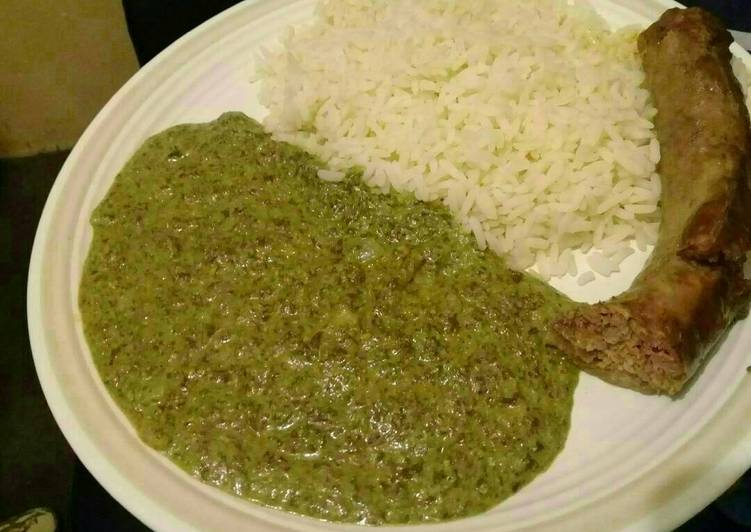
Cassava leaves Recipe. How to prepare it? What are the ingredients? Cooking tips and more… This is one of my favourite food recipe, this time i will make it a little bit tasty.
Cassava is used for tiredness, dehydration in people with diarrhea, sepsis, and to induce labor, but there is no good scientific evidence to support these uses. Cassava root and leaves are eaten as.
Here is the best “Cassava leaves” recipe we have found so far. This will be smell and look delicious.
Ingredients of Cassava leaves
- You need 4 handfuls of cassava leaves, finely chopped.
- Make ready 3 of large onions.
- Prepare 2 cups of ground peanuts.
- Make ready 6 cloves of garlic.
- Prepare 3 litres of water.
- Make ready 1 sachet of benny spice.
As a source of antioxidants, cassava leaves have excellent health benefits for preventing and dispose of free radicals in the body.Cassava leave for Cell Regeneration The nutrition values of cassava leaves.It is a rich source of protein.It consists of Arginine, Lysine, Valine, Leucine, and Isoleucine.
Cassava leaves instructions
- Rinse then finely chop leaves with garlic.
- Start cooking add water slowly until it's well cooked.
- Chop onions add with benny spice and pinch salt.
- Add ground peanuts and water let's cook for an hour.
- Best served with rice.
However, they are poor in protein and other nutrients.In contrast, cassava leaves are a good source of protein (rich in lysine), but deficient in the amino acid methionine and possibly tryptophan.Cassava leaves also contain cyanide and research has shown that traditional methods for preparing cassava leaves for consumption, that include grinding, cooking and heat-treating them before consumption sufficiently detoxify the cyanide (Aduni, U.
It has ten times more protein content than its roots.Put thawed cassava leaves into a strainer and rinse them with cold water.Take it over to the sink and run cold water over it to rinse away any sand or grit.Cassava leaves, specifically, are lower in calories and known to assist in digestion.According to Health Benefits Times, The various health benefits of cassava leaves include: High Iron Content - great for anemia and pregnant women Vitamin C to fight illnesses and enhance endurance Cassava is a nutty-flavored, starchy root vegetable or tuber.
